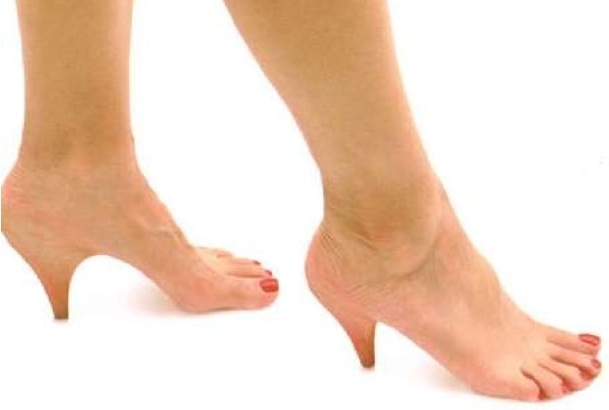Liam (Age: 59) writes:
The worst symptom was several years of pain in the left buttock, especially after sitting for long periods; this had been getting worse in the last few years. Other symptoms included numbness in the front left thigh, generalised pain in the upper left leg, stiffness in the lower back and regular neck pain. This all began after experiencing lower back pain about ten or fifteen years ago, when the lower back ‘locked’ for a short period following an awkward rotation of the lower spine. I sought immediate treatment from a physiotherapist, and subsequently visited various osteopaths, physiotherapists, sports massage therapists and chiropractors.
In order to get a definitive diagnosis of my condition, I went to Bournemouth College of Chiropractic in July 2012. The student intern’s examinations suggested there was a misalignment (subluxation?) of a lumbar vertebral disc (L5 or L4) affecting my left side and leg. Various tests in the gym also showed my left leg was weaker than the right, which corresponded with my own suspicions. There were no visible abnormalities on the X-Rays of the sideways and frontal area of my lower spine. Two subsequent visits resulted in failed attempts to manipulate L5 vertebrae, but on the third visit the student was successful and I felt a sliding movement deep within my lower spine – I assume this was the actual L5 vertebrae moving into a new position. The next day, the pain in my buttock was confined to a small region above its normal location, and then it virtually disappeared.
As it was time consuming to continually drive to Bournemouth, I believed I was almost cured and only needed to have the lower spine massaged to help cure the weakness in the left leg. I went to an Osteopath near to my home, who diagnosed Spondylolisthesis, but I felt this was incorrect. I went to another local chiropractor who diagnosed Piriformis Syndrome, which I understand is a differential diagnosis of Sciatica. I felt this was incorrect also. Several visits to a sports massage therapist made me feel I was not on the right track with regard to getting my lower back and spine in optimal condition.
I researched other local Chiropractors, and thought I would give Maple Leaf a go, as Dr Timothy Wood was an external examiner at Bournemouth College of Chiropractic. Tim avoided specific diagnoses, and instead explained that any further treatment should be directed at my pelvis as this is the foundation of the spine’s support structure. Also, my pelvis was misaligned. This may have been a cause or result of the L5 misalignment, and possibly contributed to the weak left leg when Tim explained that signals along the nerve pathway from the brain were not being efficiently communicated to the left leg. After several visits where Tim manipulated the lower back, pelvis and neck, I began to notice great improvements in walking and sitting; I felt a surge of power in both legs as a result of the improved nerve signal communications between the brain and leg muscles. Also, I felt more confident walking on uneven asphalt pavements, whereas before I was usually hesitant. The spine and pelvis now feel different; movement of the lower back is much easier, and pain in the lower back and left leg is virtually absent. This is quite an achievement, and I never expected to get this better so soon or to such an extent. It seems I had found the right chiropractor, and a diagnosis which was more generalised than I expected, but entirely appropriate to my ailment.
A point to make here is that I have been a regular, recreational cyclist for about twenty years, and for about the same period have consumed foods that I considered to be nutritionally dense rather than processed. Recently, I also purchased new chairs and a bed to improve my posture when seated or lying down. I believe that these changes have kept me fairly healthy, and may help to explain my body’s positive and speedy response to chiropractic manipulation. I suspect that certain types of ill health cannot be overcome unless the patient makes changes to the lifestyle which caused his particular illness or sub-optimal health.
A final observation. It is very difficult for a patient to work out which alternative medical treatment – if any – is relevant to his particular problem, and I cannot suggest a short cut to getting this knowledge. The patient needs perseverance, patience and a willingness to invest in their health.





